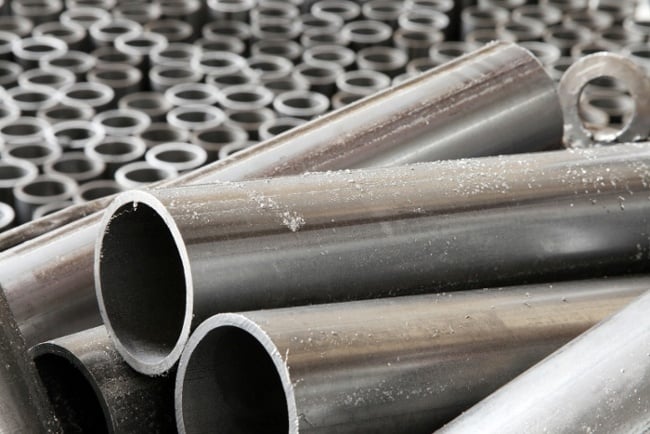Choosing Your Aesthetic for Architectural Metal Mouldings
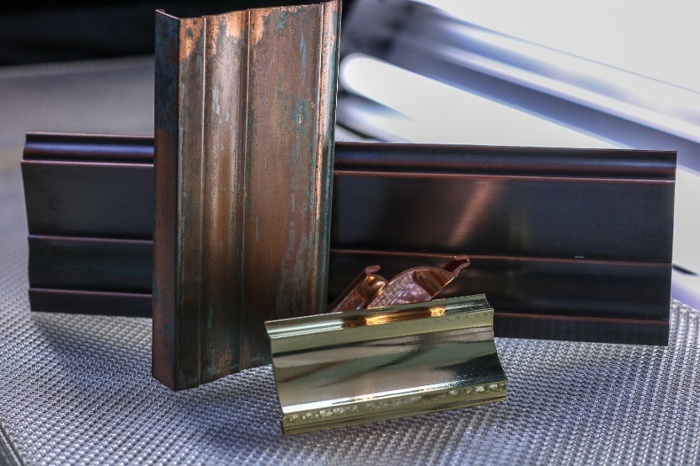
Choosing the right aesthetic for your architectural project is more complex than it may seem. There are many metals to choose from, and many types of finishes available. Each finish provides its own unique aesthetic, and the finished effect will shift depending on the richness, lighting, and color of the surrounding environment.
Types of Metals
There are many different types of metals you can use for the aesthetic of your architectural metal mouldings, including:
- Copper
- Brass
- Bronze
- Stainless steel
- Galvanized steel
Copper
Copper is a natural, pure red metal, and is one of the first metals ever worked by human hands.
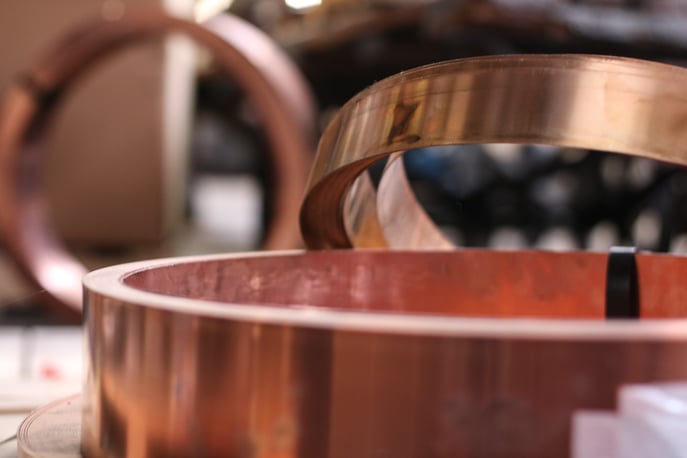
It’s extremely durable and uniquely beautiful.
For architectural purposes, the most enticing characteristic of copper is the way it oxidizes and ages. No other metal turns as brilliantly or naturally seafoam green over the years, with no help from a human hand (though there are ways to synthetically age metals to produce this effect). The exact hue it turns will depend on the climate; humid climates produce the familiar green of the Statue of Liberty, while arid desert climates turn it a warm, nutty brown.
Copper is a great choice for outdoor usage, as it’s incredibly corrosion-resistant. It lasts much longer than galvanized or stainless steel, and the only sign of its age is the color transformation. The oldest copper roof in America dates back to 1727 - and it’s still holding strong.
Brass
Brass is an alloy of copper and zinc. Zinc, similar to its applications in galvanization, makes brass stronger and more ductile than pure copper. Zinc is what gives new brass its yellow hue.
Brass’s color is the primary reason why architects choose it over other red metals. With the right amount of zinc mixed in, it closely resembles gold.
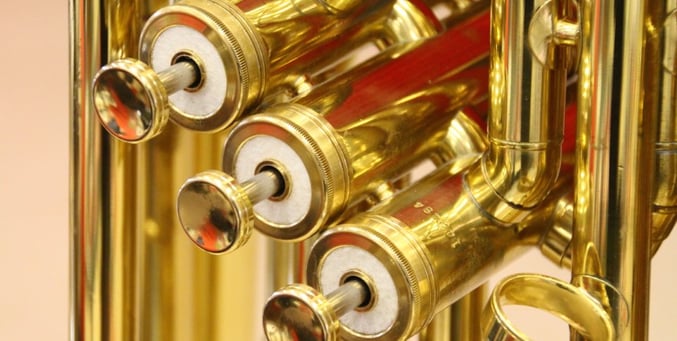
Bronze
Bronze is a red metal alloy of copper and tin, plus an assortment of other minerals depending on the manufacturer. Bronze is highly corrosion resistant, and is often used in naval applications.
Appearance-wise, bronze is much less shiny than its copper and brass counterparts. It provides a more subtle luxury to its environment. Bronze oxidizes similarly to copper.
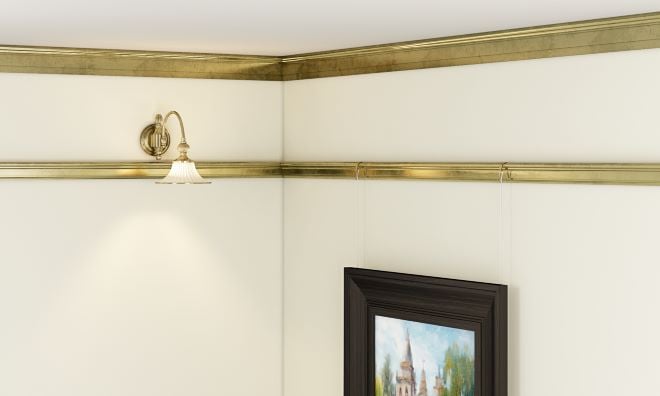
Stainless Steel
Stainless steel is a favorite of architects and manufacturers alike. Its multitude of different alloys make it perfect for a range of different applications, and its clean, shiny appearance make it a wonderful addition for many professional settings.
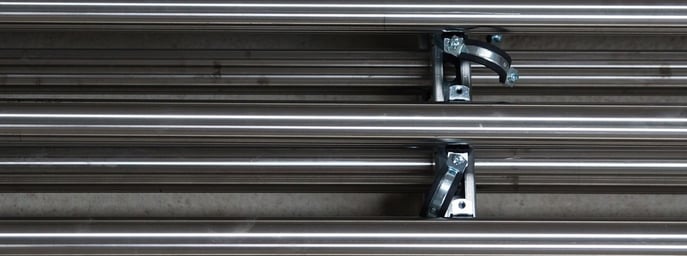
The amount of chromium and nickel in stainless steel affects its sheen, corrosion resistance, and strength. The texture of the steel’s surface can be changed through pickling, annealing, brushing, and abrasive blasting.
Stainless steel’s aesthetic matches well with sterile, professional environments such as labs, kitchens, and hospitals.
Galvanized Steel
Galvanized steel is carbon or mild steel that has been dipped in melted zinc. The main purpose of the zinc coating is corrosion resistance, though it also provides an interesting aesthetic. The final appearance of galvanized steel can be controlled through the size of the zinc crystallites pre-dipping - this effect is known as spangling. Larger crystallites mean larger, more striking spangles.
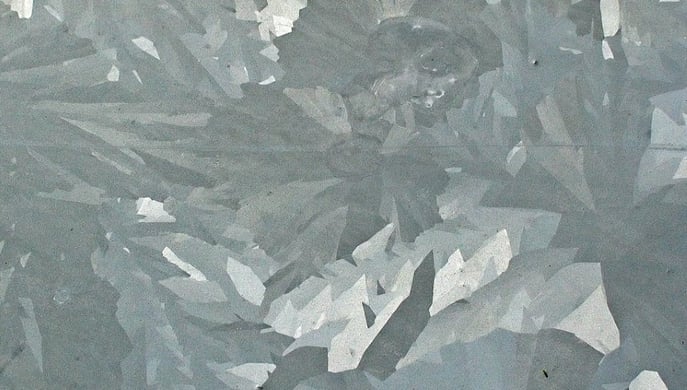
Galvanized steel is popular in modern and industrial-style architecture.
Types of Finishes
Along with the metals mentioned above, you also have many different finishes to choose from for your architectural metal mouldings, including:
- Antique
- Recycled
- Oxidized or aged patina
- Tarnish
- Galvanized spangle
Antique - Antique finishes can be attained by applying various oxidizers, which are available at metal finishing supply stores. Antique “rubbed” finishes can take a lot of time, but provide striking results when done properly.
Recycled - Although not necessarily a finish, carbon steel mouldings can be manufactured with raw material that contains 80%+ recycled scrap steel. The finished product retains the properties of fresh, unrecycled steel. Carbon steel oxidizes in the form of iron oxide (rust) which, when presented properly, can be quite beautiful.
Oxidized or Aged Patina - This is what makes copper green, and gives steel a rustic appearance. It's possible to manufacture products with a “pre-patina” finish.
Tarnish - Tarnishing is a loss of color or dulling of sheen. You most commonly hear of tarnished silver, though you can also apply this technique to copper, brass, and aluminum.
Galvanized Spangle - As we mentioned above, spangling is the effect of different-sized zinc crystallites forming different shades of gray and random geometric shapes on the surface of the steel. Spangling creates an abstract, artistic texture on the surface of the steel moulding.
Choosing Your Aesthetic
Here are recommendations for choosing your aesthetic for either red metals or steels.
Red Metals
We suggest pairing aged copper with stoneware such as exterior stone textures and tile.
The feel of a red metal can change drastically depending on its surroundings. It can be primal, harkening back to the first metal tools from thousands of years ago, or it can conjure the image of prosperity and extravagance.
Steels
Stainless steel’s aesthetic seems to pair well with sterile commercial environments - kitchens, hospitals, and labs. It also looks striking with shipbuilding trim and furniture.
As for galvanized steel, we've found it works well as an exposed industrial-style interior. Think: a warehouse-turned-bar with exposed ceilings. There would be galvanized ductwork, some metal tubing, and modern metal tables.
If you want a touch of futurism or austerity in your architecture, steels are the way to go.
The type of metal you choose for your application will depend on its environment and surrounding aesthetics. All of these metals stand up very well to exterior and maritime environments, and they can all be finished to become more striking OR subtle in their application.
Editor's note: This article was originally published in January 2016, and has recently been updated.
You May Also Like
These Related Stories
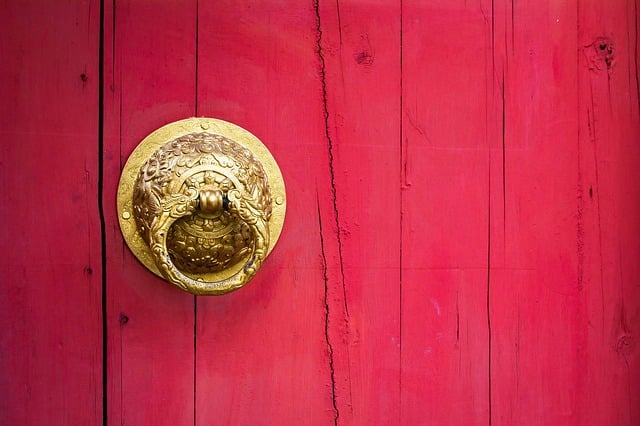
Architectural Building Materials: Does Brass Rust?
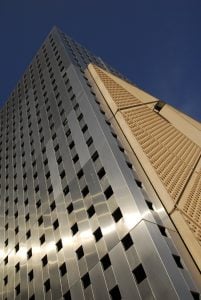
Best Metals for Exterior Architecture | Corrosion-Resistant Metals
